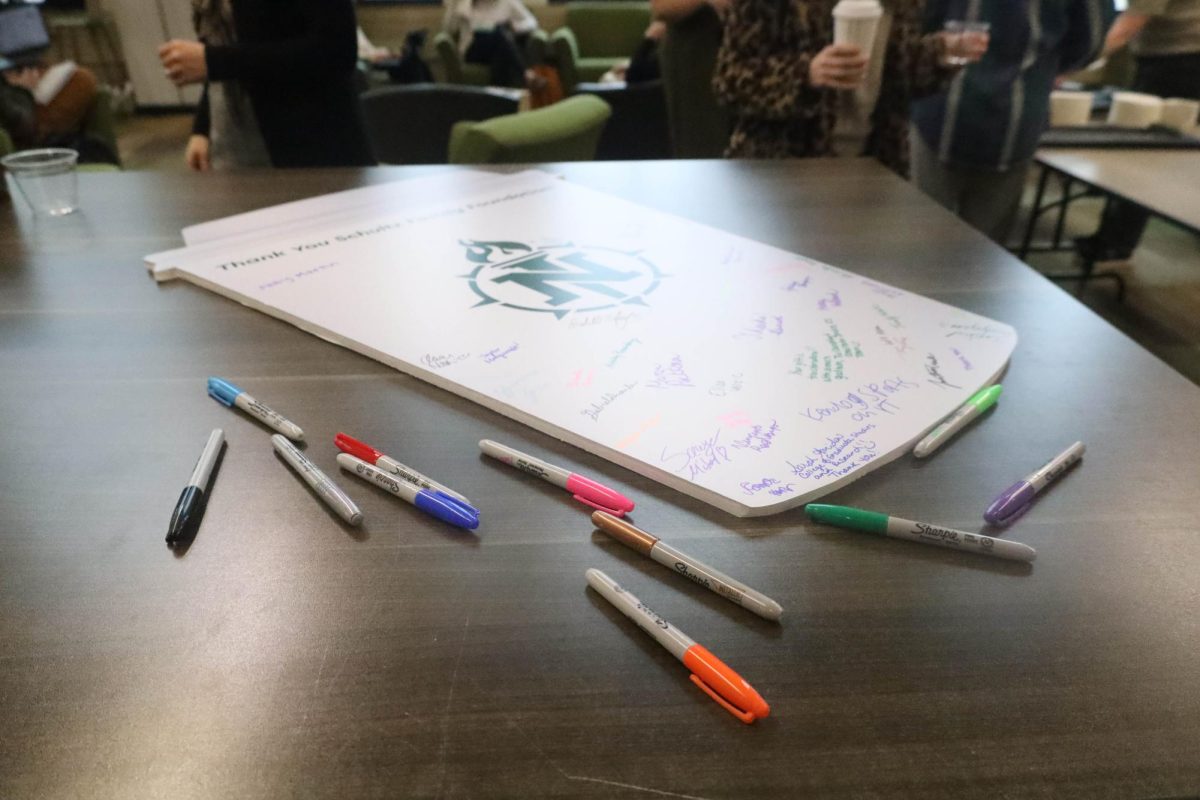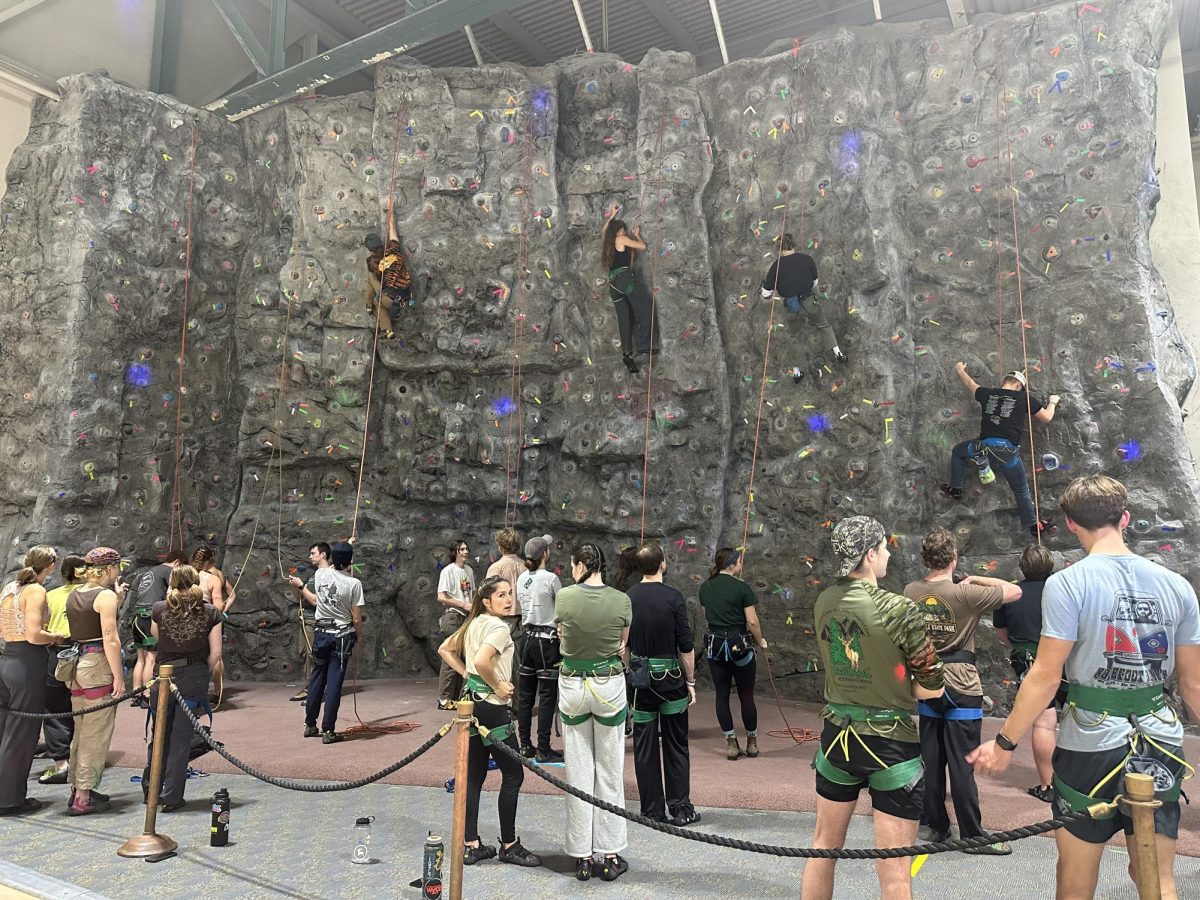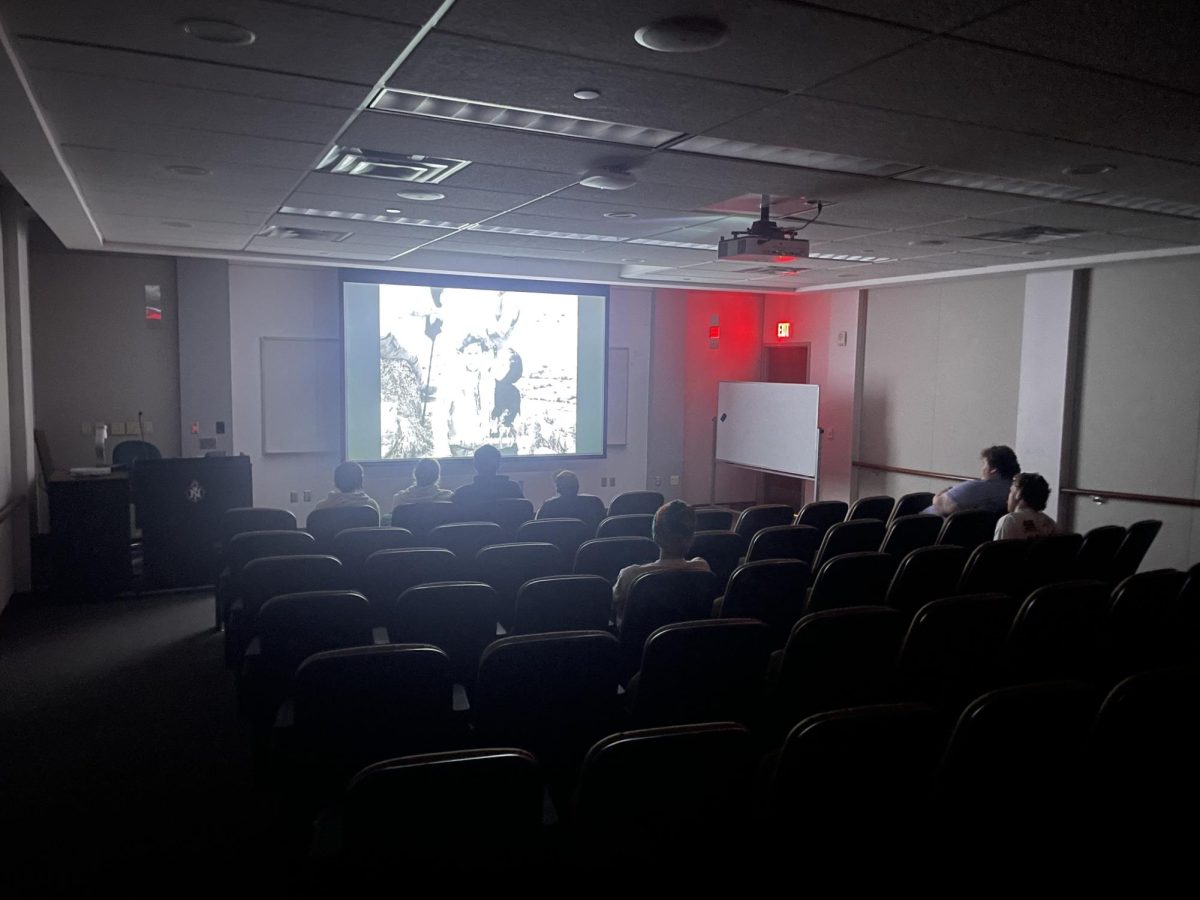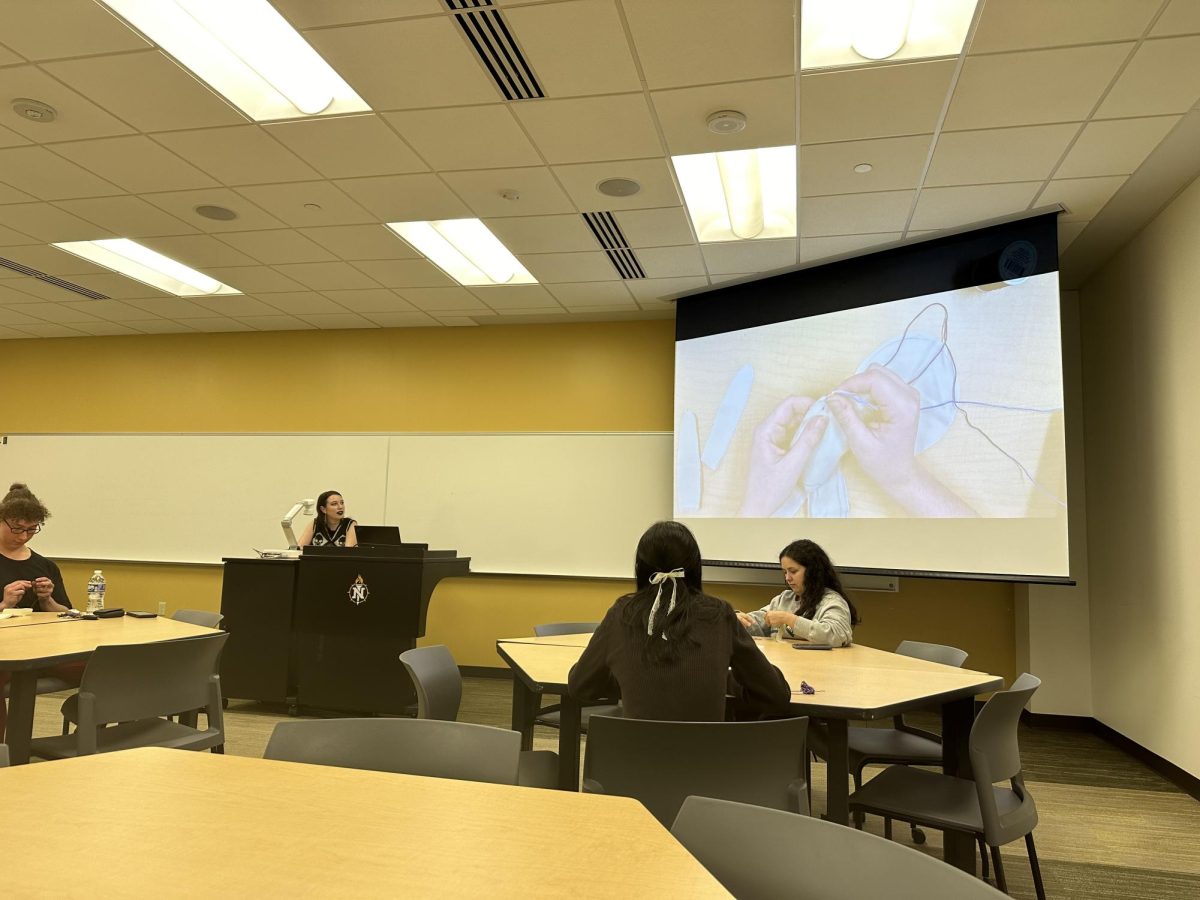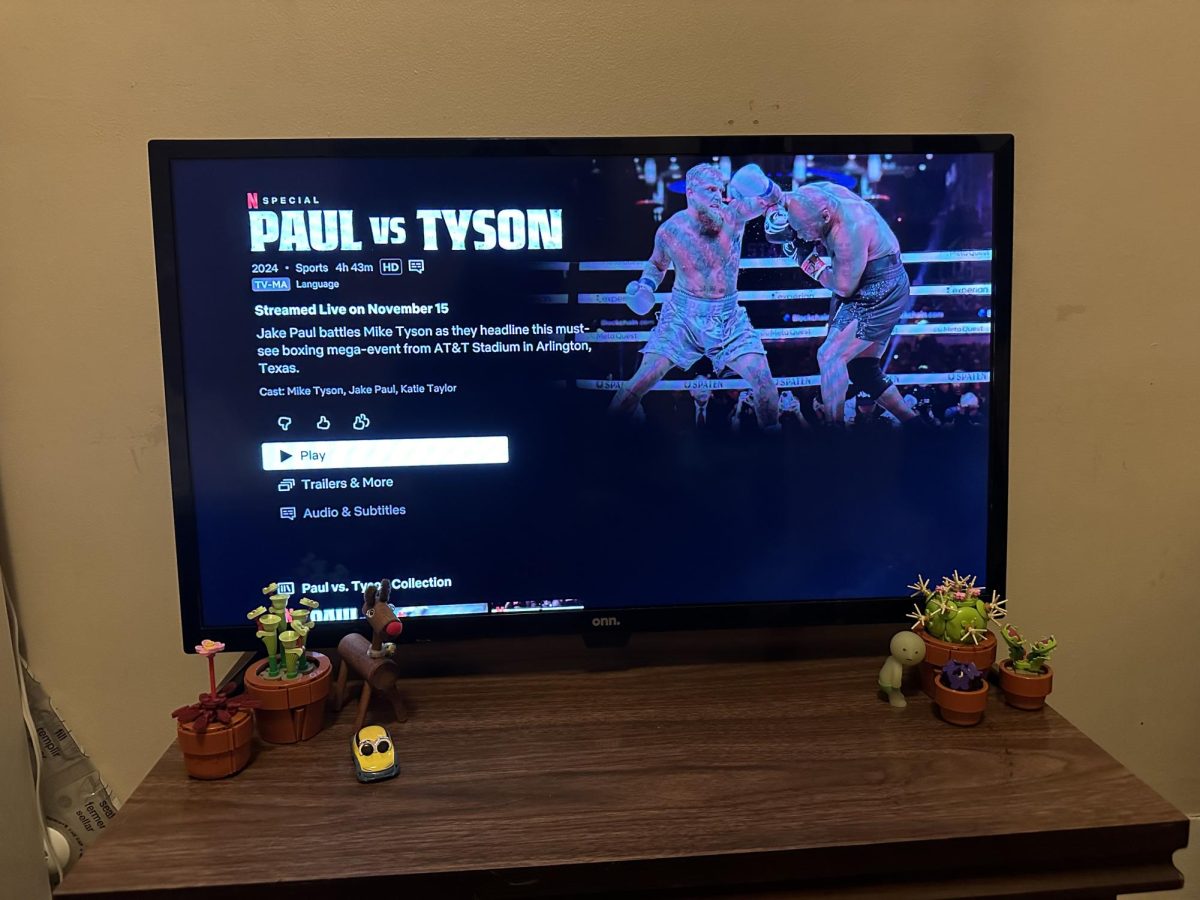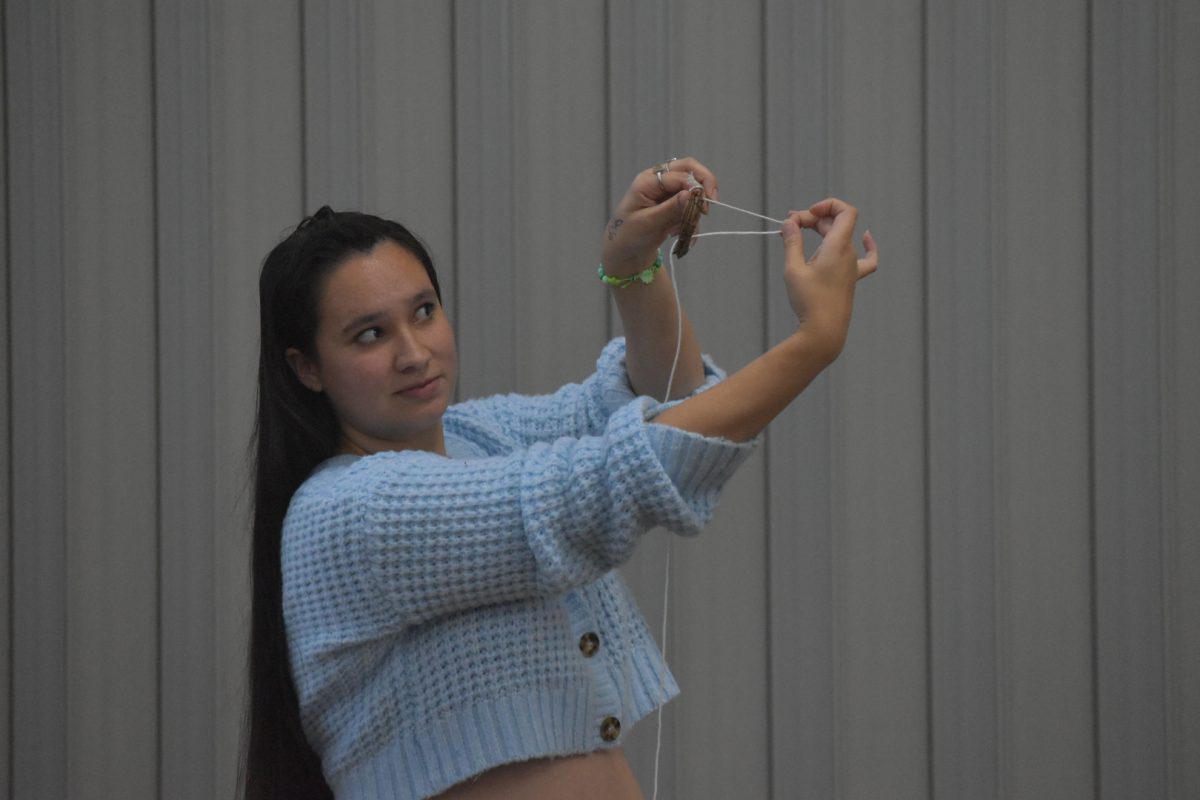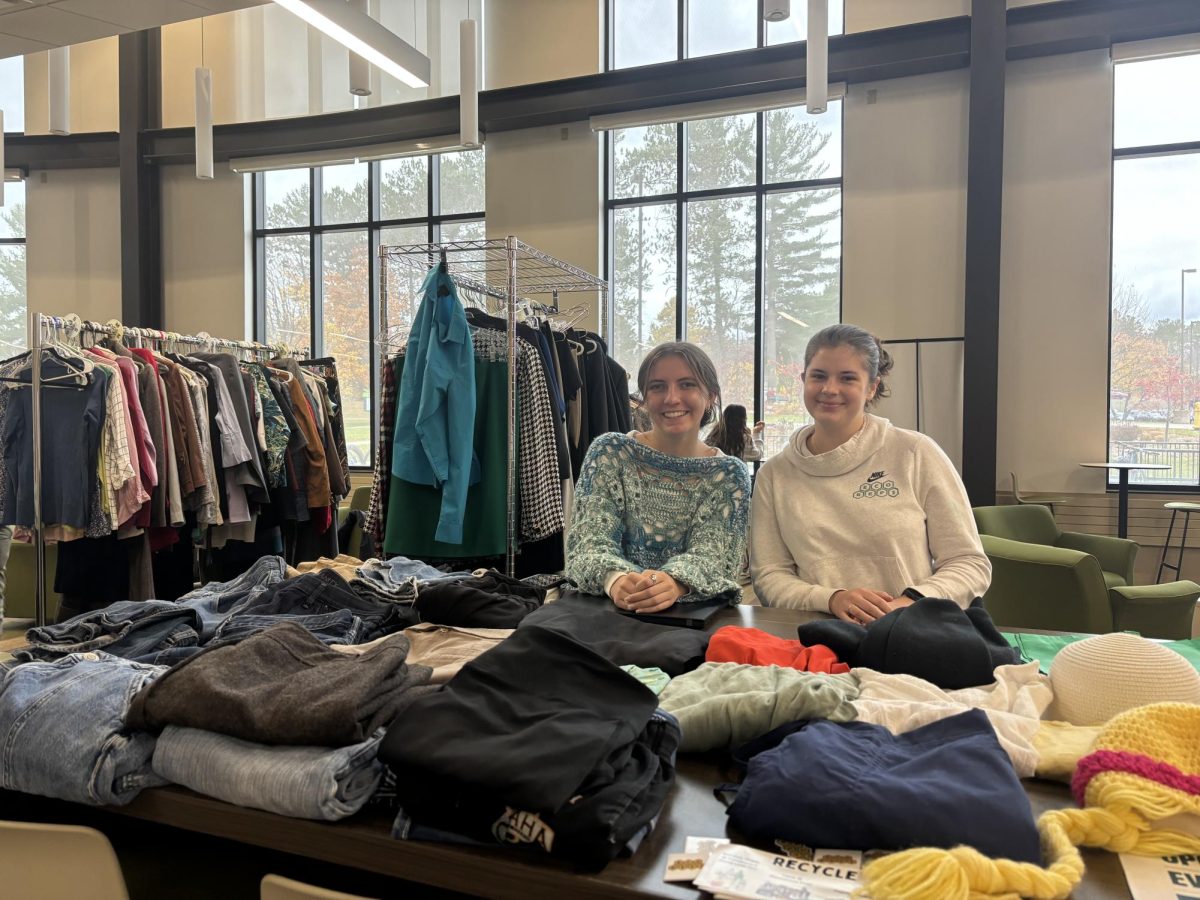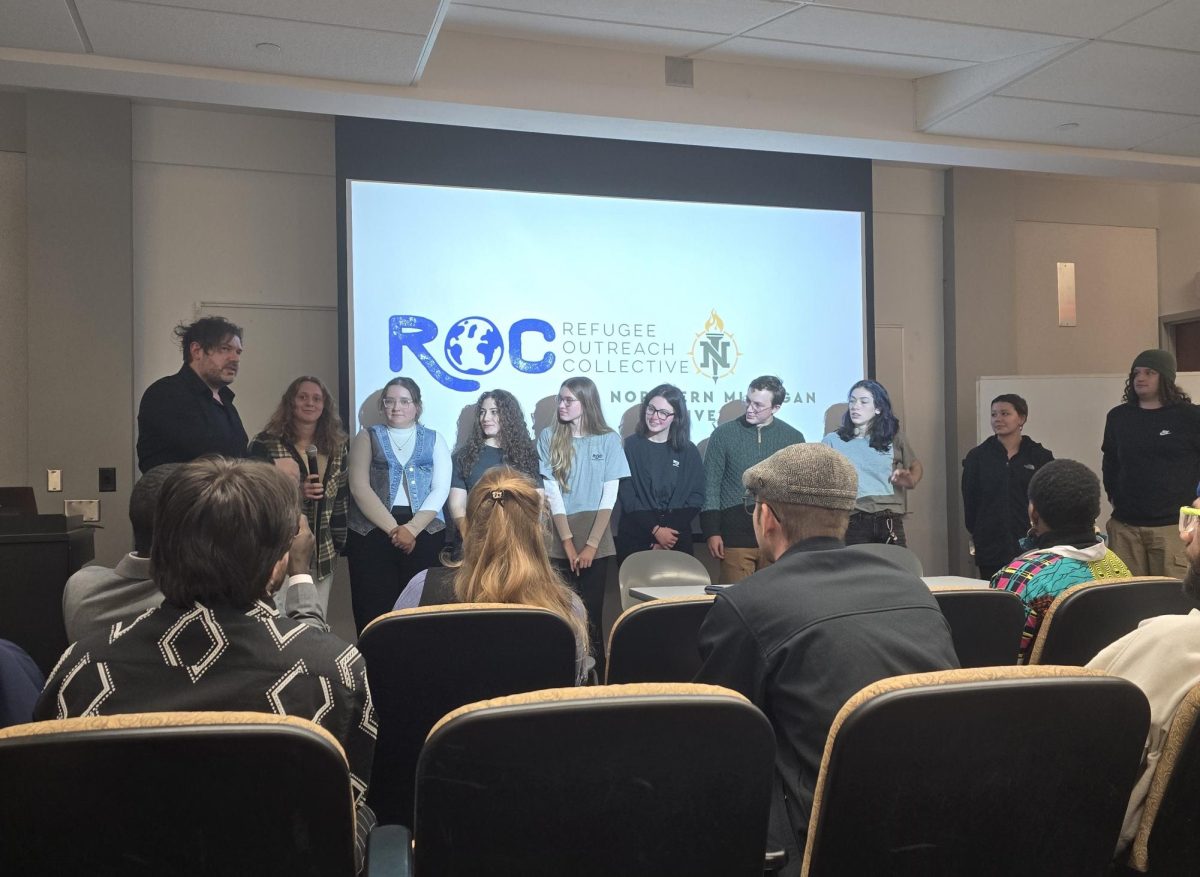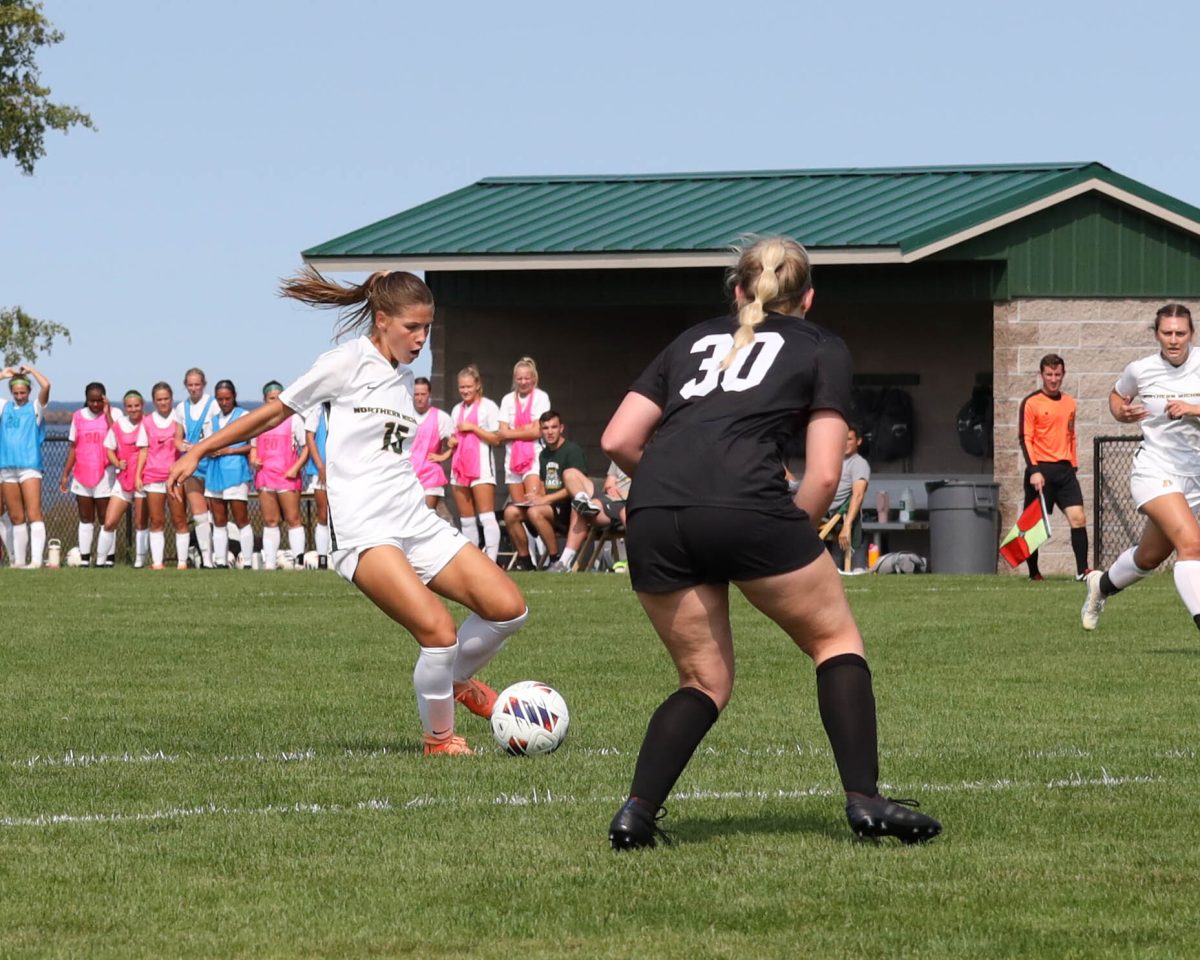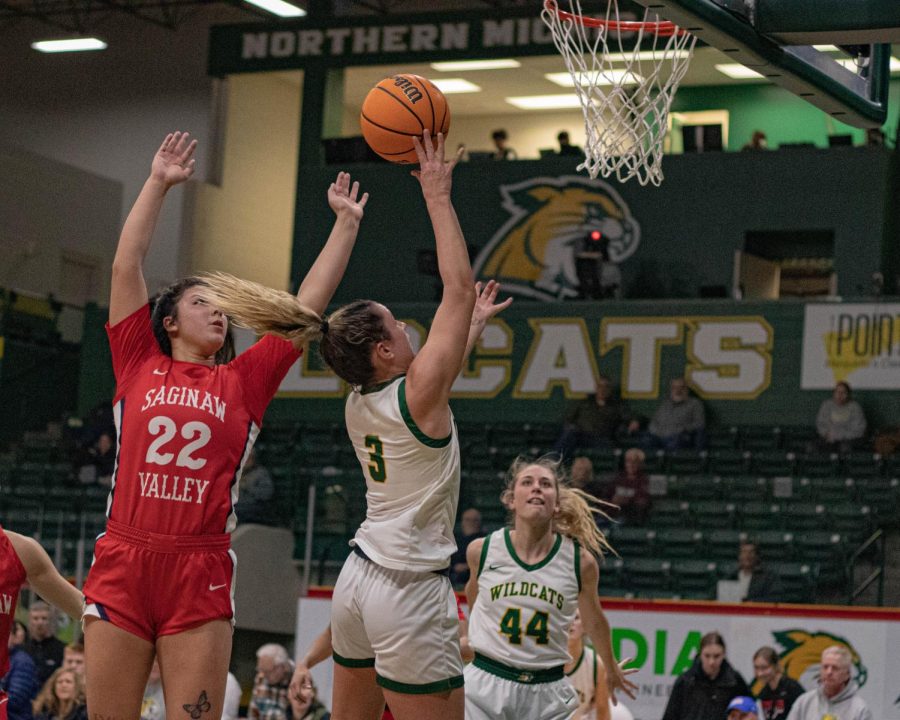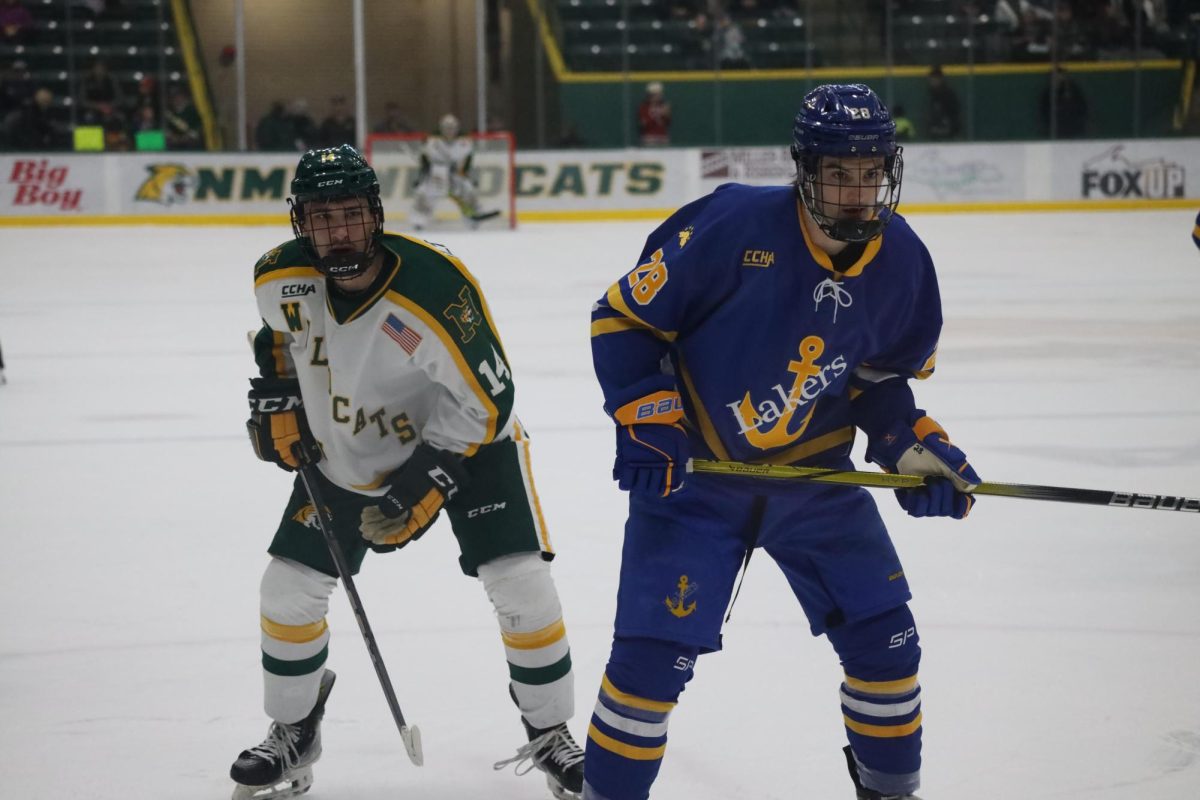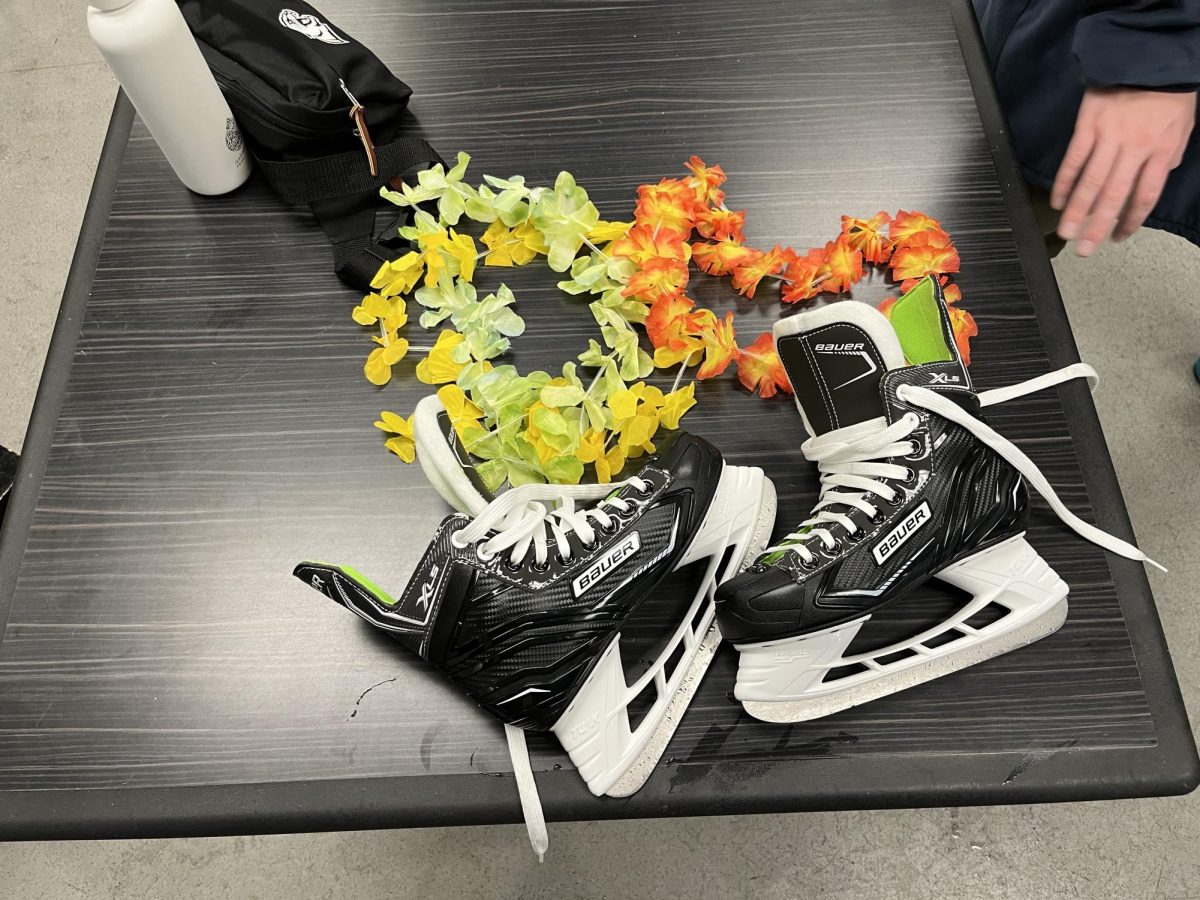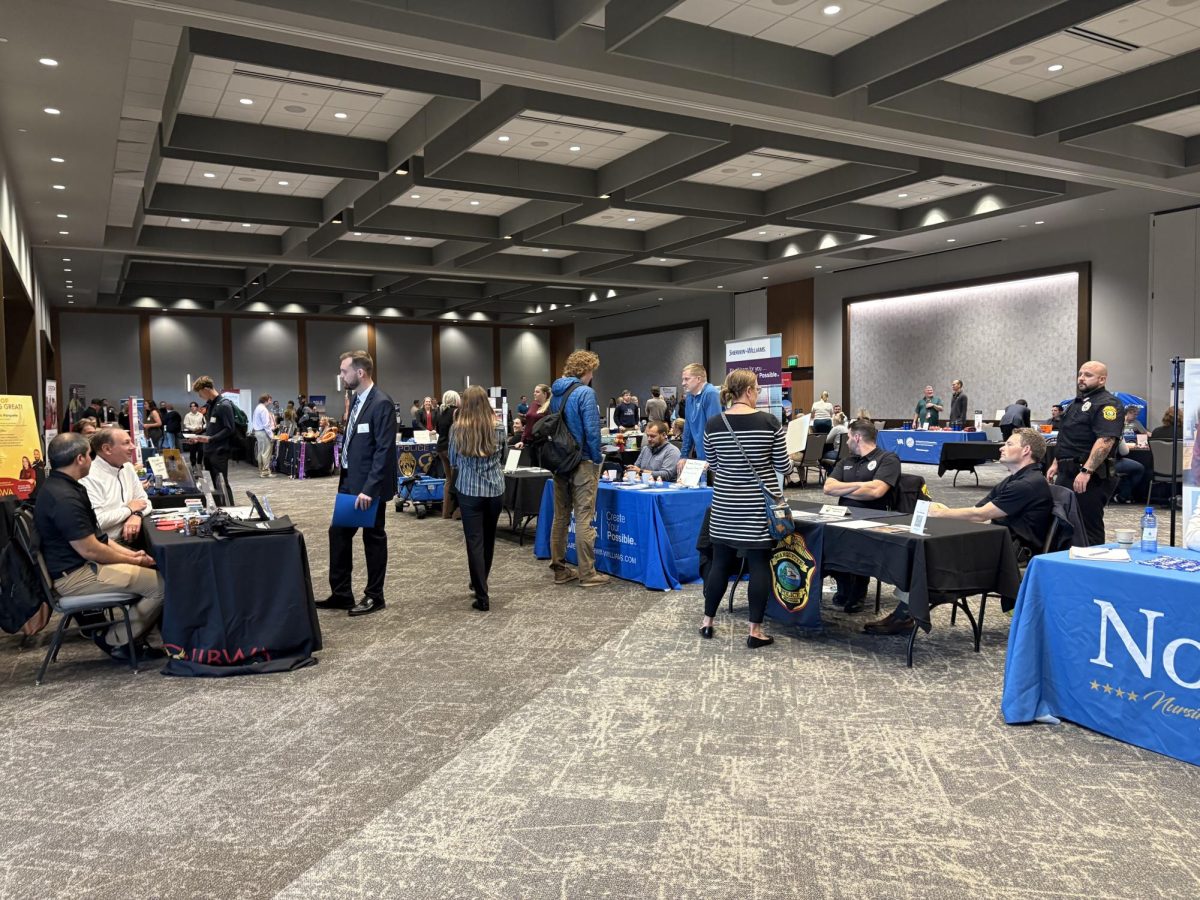This semester, NMU professors might actually know their students’ names before Thanksgiving break, foiling any plans for students who wanted to leave unnoticed before vacation begins.
Instead of the class rosters previously given to professors at the beginning of each term, professors will now be receiving class rosters with each students’ smiling face printed beside their names.
The photo rosters were a collaborative idea between the Student Services and Enrollment office and the Technical Services office, said Bill Bernard, associate provost for Student Services and Enrollment.
The rosters are generated by the University network according to class lists. The photos for the rosters are supplied by a database compiled of pictures taken for student I.D. cards, he said.
“We wanted to provide faculty with an opportunity to put a name to the face, particularly in large classrooms,” Bernard said.
English professor Ray Ventre pushed for the new rosters when the idea was brought to the table.
“They speed up the time you get to know students names by at least 50 percent. It’s a wonderful advantage for old faculty like me who are roster challenged,” Ventre said.
NMU student opinions over the photo rosters are more privacy oriented.
“My picture and name don’t bother me because I think it could be a very useful tool to professors. However, personal information such as my phone number or e-mail raise a few red flags for me,” said Amanda Pogoreski, a senior community health education major.
Kelley Ross, a senior English education major, said she was not even aware that the new photo rosters had been implemented.
“I would like my consent if my picture is going to be sent to someone I don’t personally know. Professor or not, it feels like an invasion of privacy,” she said.
In accordance with the Family Educational Rights and Privacy Act (FERPA), viewable at the U.S. Department of Education Web site, rules have been set into place for the use of the photo rosters that keep them accessible only to NMU school officials.
“We want students to know we are not invading their privacy,” Bernard said, “The rosters are to remain in the possession of the faculty member and are only used to enhance the rapport between faculty and students in the classroom. It’s important that we protect that.”
Bernard said the overall reaction from professors has been positive and the photo rosters appear to be a success.
“We’re looking at other ways of making use of this technology,” he said. “We are exploring the idea of using it for advisee lists.”
Grace Chaillier, adjunct faculty for the Center for Native American Studies, said she could see both sides of the matter as a student or a faculty member.
“For me it’s helpful because my NAS 204 classes cap at 40 students, so I have 80 new faces to learn,” she said. “I do understand the concern students have about their privacy, though. I believe there should be parameters; keep the rosters in the office, and don’t carry them around.”

